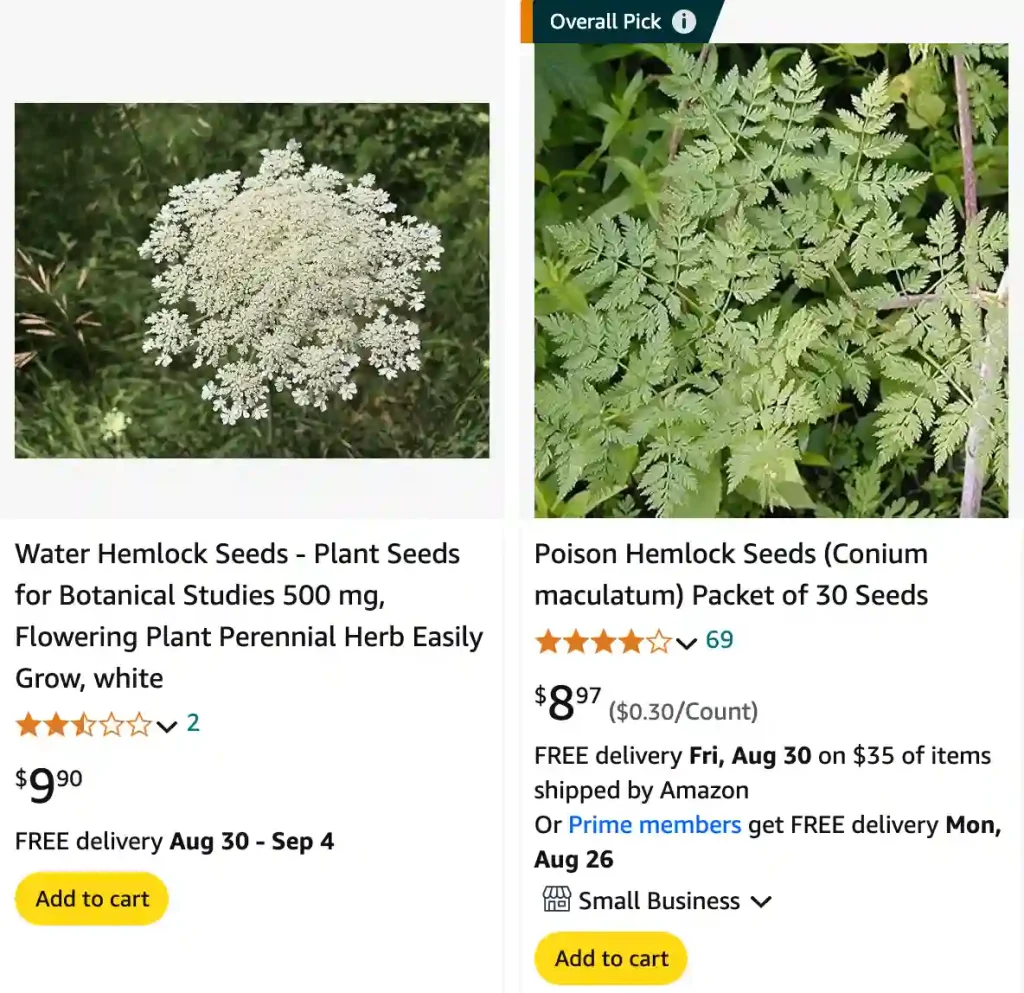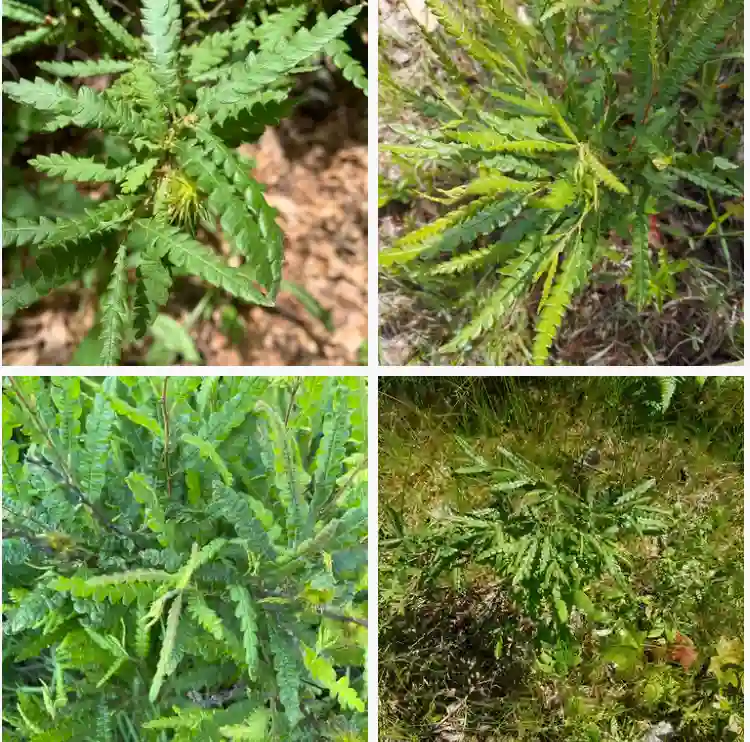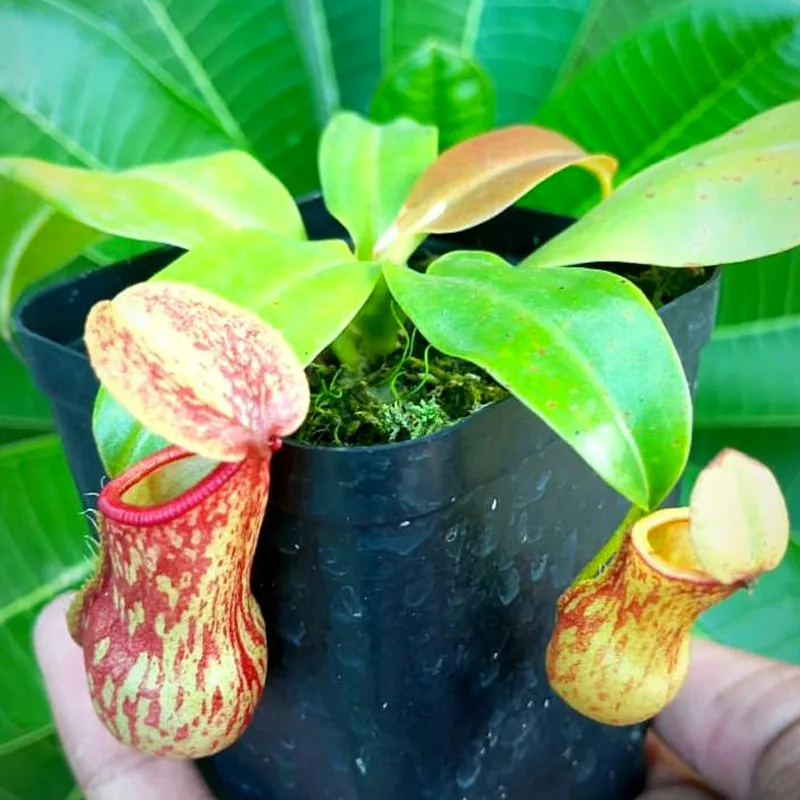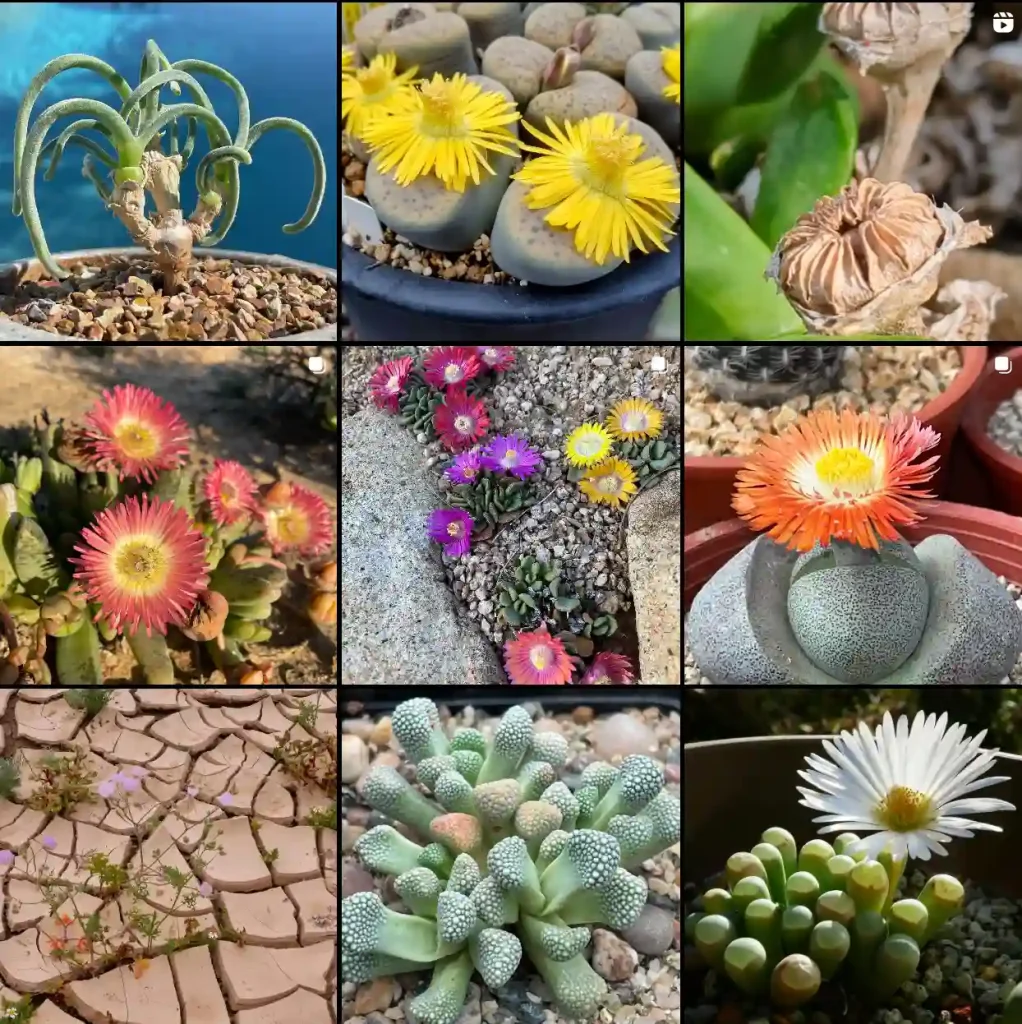
December 9 – Cicuta
"Cicuta, the water hemlock, defines December 9."
Cicuta symbolizes power and mystery. You have a deep, enigmatic presence that commands respect. Like its potent nature, you wield influence carefully, never wasting your energy or presence.
The Deadly Beauty of Cicuta
I’ve always been drawn to the intricate world of plants, fascinated by their diverse forms and hidden dangers. One genus that has particularly captured my attention is Cicuta, more commonly known as water hemlock. These seemingly innocuous plants, with their delicate white flowers and lacy foliage, harbor a deadly secret: they are among the most poisonous plants in the Northern Hemisphere.
My interest in Cicuta stems from a childhood experience. Growing up in the countryside, I spent countless hours exploring the fields and forests near my home. One day, while wandering along a stream, I stumbled upon a patch of tall, elegant plants with umbrella-like clusters of white flowers. They were beautiful, but something about them made me uneasy. Later, I learned that these were water hemlock, and that even a small amount of their foliage or roots could be fatal if ingested.
This encounter sparked a lifelong fascination with these deadly plants. I began to study them, learning about their characteristics, their habitat, and the potent toxins they contain. The more I learned, the more intrigued I became. How could something so beautiful be so dangerous?
Understanding the Species
Cicuta belongs to the Apiaceae family, which also includes edible plants like carrots, parsley, and parsnips. This makes it all the more important to be able to distinguish between the edible members of this family and their toxic relatives. There are four main species within the Cicuta genus:
- Cicuta bulbifera: This species is characterized by its bulbous, axillary buds and its preference for wetter habitats like marshes and swamps.
- Cicuta douglasii: Commonly known as Western water hemlock, this species is found in western North America and is particularly toxic to livestock.
- Cicuta maculata: Spotted water hemlock, the most common species in North America, is identifiable by the purple spots on its stems. Plant FAQs: Cicuta Maculata
- Cicuta virosa: This species, known as European water hemlock, is widespread across Europe and Asia. Plant FAQs: Cicuta Virosa
All Cicuta species contain a highly poisonous substance called cicutoxin, which primarily affects the central nervous system. Ingestion of any part of the plant, especially the roots, can lead to violent seizures, respiratory failure, and death.
What Does Water Hemlock Look Like?
One of the challenges with Cicuta is that it can be easily mistaken for other, edible plants. Its roots, for example, resemble parsnips or wild carrots, while its leaves can be confused with parsley. This is why it’s crucial to be able to accurately identify Cicuta if you spend time in areas where it grows.
Key features to look for include:
- Umbel-shaped flower clusters: The small, white flowers are arranged in umbrella-like clusters called umbels, typical of the Apiaceae family.
- Compound leaves: The leaves are finely divided and toothed, with a fern-like appearance.
- Thick, fleshy roots: The roots are often chambered and contain a yellowish, oily liquid that smells like parsnips.
- Purple spots on stems: This feature is particularly prominent in Cicuta maculata.
If you encounter a plant you suspect might be Cicuta, it’s best to err on the side of caution and avoid touching it altogether.
Where Does Water Hemlock Grow?
Water Hemlock thrives in wet, swampy areas and can often be found in marshes, bogs, and along the edges of streams and ponds. It prefers moist, rich soil and typically grows in regions with ample water availability. If you’re hiking in areas with a lot of moisture or near bodies of water, be on the lookout for this plant.
How To Get Rid Of Water Hemlock?
Removing Water Hemlock should be approached with care due to its toxicity. Wearing protective gloves and clothing is essential. The plant should be carefully dug up, ensuring that all parts of the root system are removed. Be sure to dispose of the plant properly to prevent accidental ingestion by animals or humans. Chemical herbicides can also be used, but these should be applied with caution and in accordance with safety guidelines.
Does Water Hemlock Have Berries?
Water Hemlock does not produce berries. Instead, it has small, clustered flowers that eventually develop into seeds. These seeds can be toxic if ingested, so it’s crucial to avoid handling them.
What Does Water Hemlock Taste Like?
While I would never recommend tasting Water Hemlock due to its toxicity, reports indicate that it has a bitter and unpleasant taste. The taste alone is not a reliable way to identify it, so it’s best to avoid any contact.
What Is The Difference Between Poison Hemlock And Water Hemlock?
Poison Hemlock and Water Hemlock are often confused due to their similar names and toxic properties. However, they are different species. Poison Hemlock (Conium maculatum) typically grows in drier soils and has a smooth, spotted stem. Water Hemlock (Cicuta spp.) prefers wet environments and has a more ribbed, often purple-streaked stem. Both are highly toxic, but they inhabit different types of environments.
Water Hemlock vs. Poison Hemlock
When comparing Water Hemlock and Poison Hemlock, the key differences are their habitat preferences and physical characteristics. Water Hemlock thrives in moist, wet areas and has a more robust, segmented stem. Poison Hemlock is found in drier areas and has a smoother, spotted stem. Both plants are highly poisonous, but their toxic compounds and effects can vary.
Water Hemlock vs. Cow Parsnip
Water Hemlock and Cow Parsnip (Heracleum maximum) can look similar but differ in toxicity. Cow Parsnip is a large, robust plant that can be mistaken for Water Hemlock due to its similar flowering structure. However, Cow Parsnip is not toxic, whereas Water Hemlock is highly poisonous. Identifying the differences in their leaves and stems can help in distinguishing them.
Water Hemlock vs. Queen Anne’s Lace
Queen Anne’s Lace (Daucus carota) is often confused with Water Hemlock due to its similar flower structure. However, Queen Anne’s Lace has a more delicate, lacy appearance and does not have the same toxic properties as Water Hemlock. Water Hemlock’s stem is more robust and often has purple streaks, while Queen Anne’s Lace has a finer stem.
Water Hemlock vs. Elderberry
Elderberry (Sambucus spp.) and Water Hemlock can be confused due to their similar flower clusters. However, Elderberry is not toxic and produces dark berries, while Water Hemlock’s flowers are white, and the plant is highly toxic. The leaves and stems of Elderberry also differ significantly from Water Hemlock.
Water Hemlock vs. Wild Carrot
Wild Carrot (Daucus carota) is another plant that resembles Water Hemlock. However, Wild Carrot has a more delicate structure and is not toxic. Its flowers are also smaller and less dense compared to Water Hemlock. Identifying the plant’s overall structure and flower density can help in distinguishing between the two.
Water Hemlock vs. Angelica
Angelica (Angelica spp.) and Water Hemlock can be confused due to their similar appearance. However, Angelica is generally non-toxic and has a more robust, aromatic presence. In contrast, Water Hemlock is highly toxic, and its flowers and leaves are more rigid and less aromatic.
Water Hemlock vs. Hogweed
Hogweed (Heracleum sphondylium) can look similar to Water Hemlock but is distinguishable by its larger size and different leaf structure. Hogweed is not as toxic as Water Hemlock but can cause skin irritation and other health issues. Proper identification is essential to avoid confusion.
Water Hemlock vs. Water Parsnip
Water Parsnip (Sium suave) can resemble Water Hemlock but is generally less toxic. Water Parsnip has a more slender appearance and different flowering structure compared to Water Hemlock. Careful examination of the plant’s features can help in distinguishing between the two.
Water Hemlock vs. Yarrow
Yarrow (Achillea millefolium) is another plant that might be mistaken for Water Hemlock. Yarrow has a more delicate, feathery leaf structure and is not toxic. Its flowers are also different, typically appearing in a more compact, clustered arrangement.
Water Hemlock vs. Cow Parsley
Cow Parsley (Anthriscus sylvestris) and Water Hemlock can be confused due to their similar leaf and flower structures. However, Cow Parsley is not toxic and has a more feathery appearance. Water Hemlock’s leaves are more serrated, and its flowers are usually arranged in a denser cluster.
Additional Information
Water Hemlock is often confused with many other plants due to its appearance and toxic nature. Understanding its characteristics and how it differs from similar plants is crucial for safety. Always exercise caution when dealing with potentially toxic plants and consult local guidelines for proper identification and handling.
The Importance of Awareness
Despite its deadly nature, Cicuta plays a role in the ecosystem. It provides habitat and food for certain insects and animals that have developed a tolerance to its toxins. However, for humans and livestock, it represents a serious hazard.
Raising awareness about Cicuta is crucial to prevent accidental poisonings. Education is key. Hikers, campers, foragers, and anyone who spends time outdoors should learn to recognize this plant and understand the risks associated with it.
My own fascination with Cicuta has led me to share my knowledge with others. I believe that by understanding the dangers of the natural world, we can better appreciate its beauty and complexity. While the allure of the wild is undeniable, it’s important to remember that nature demands respect.
If i die, water my plants!



